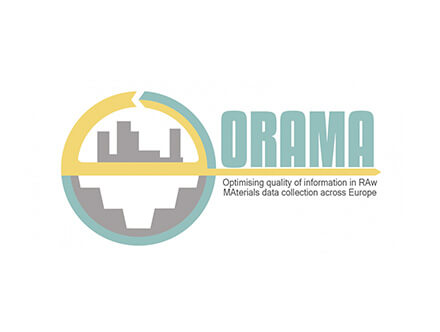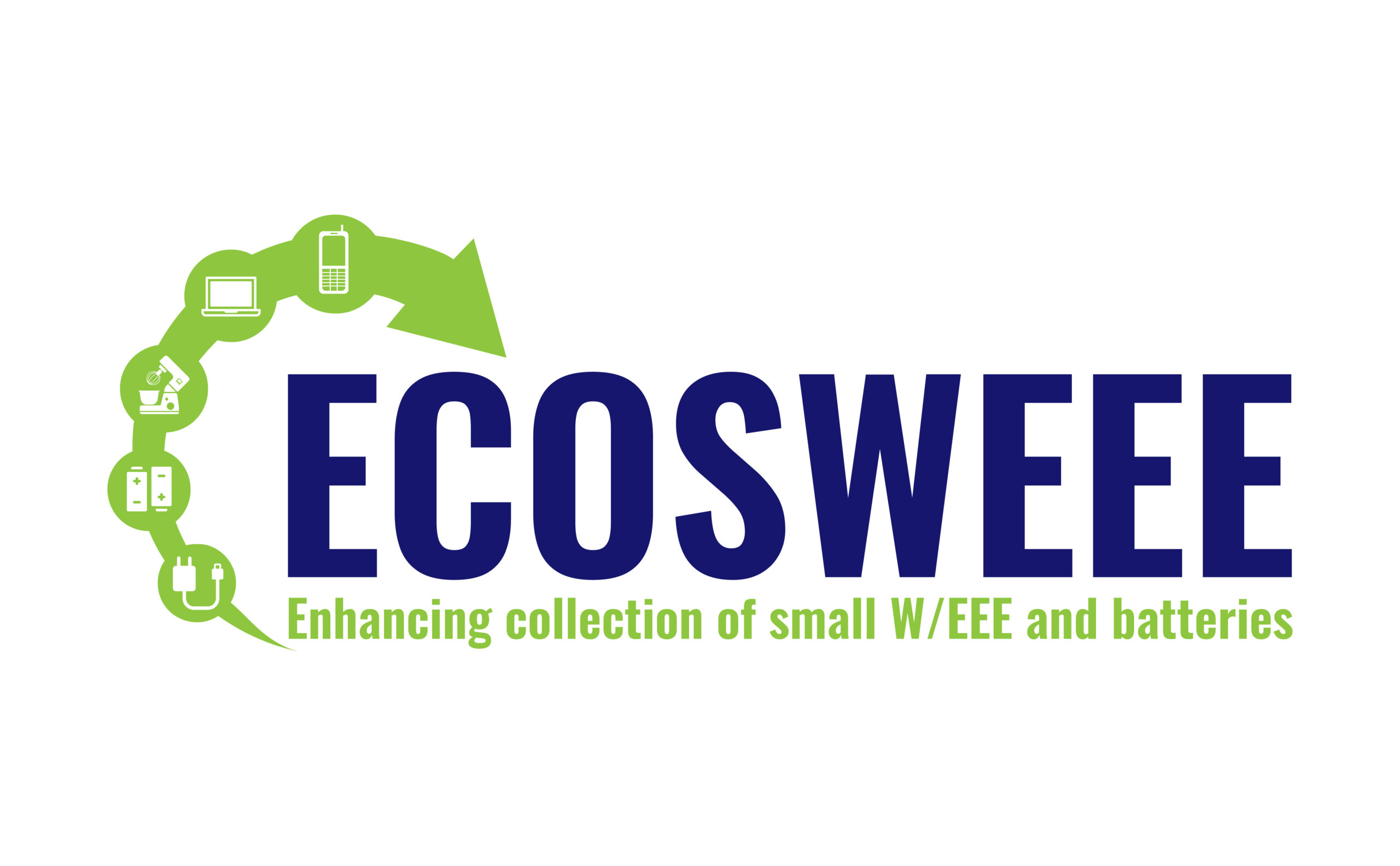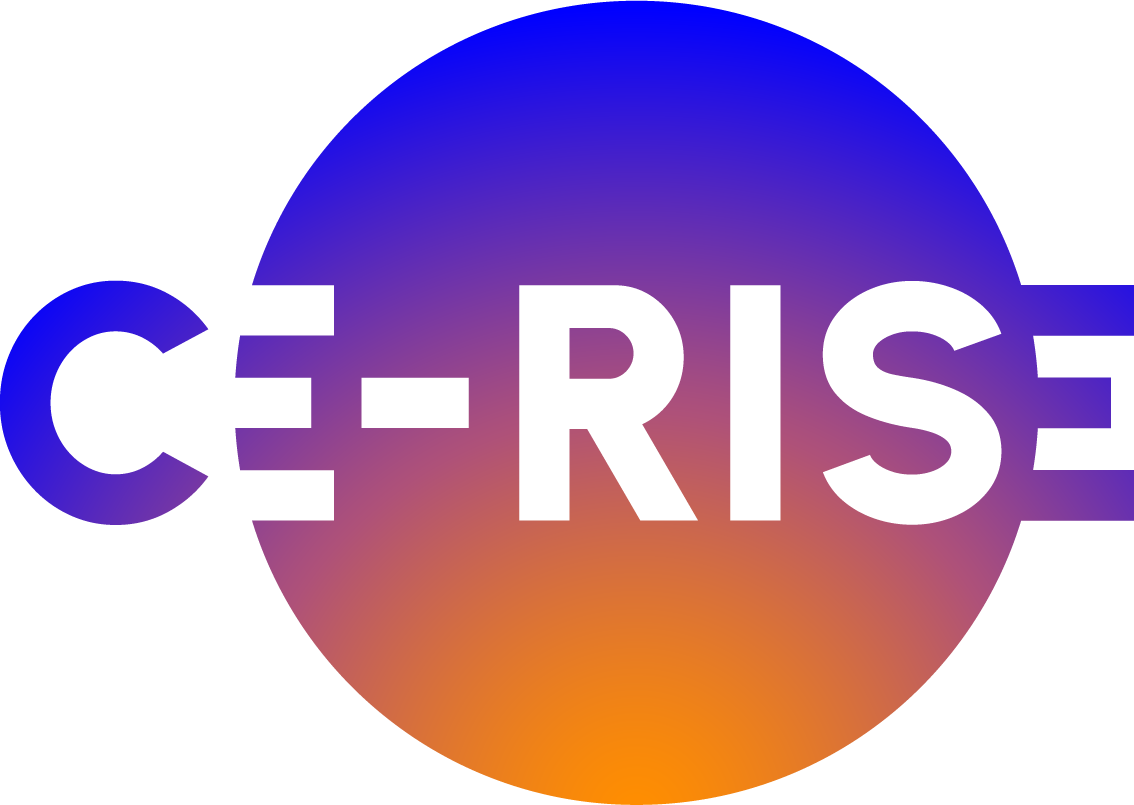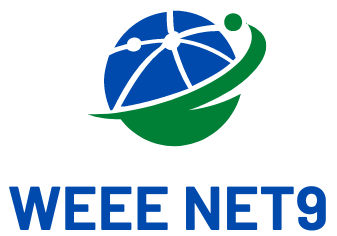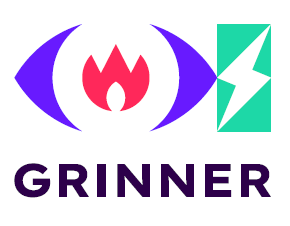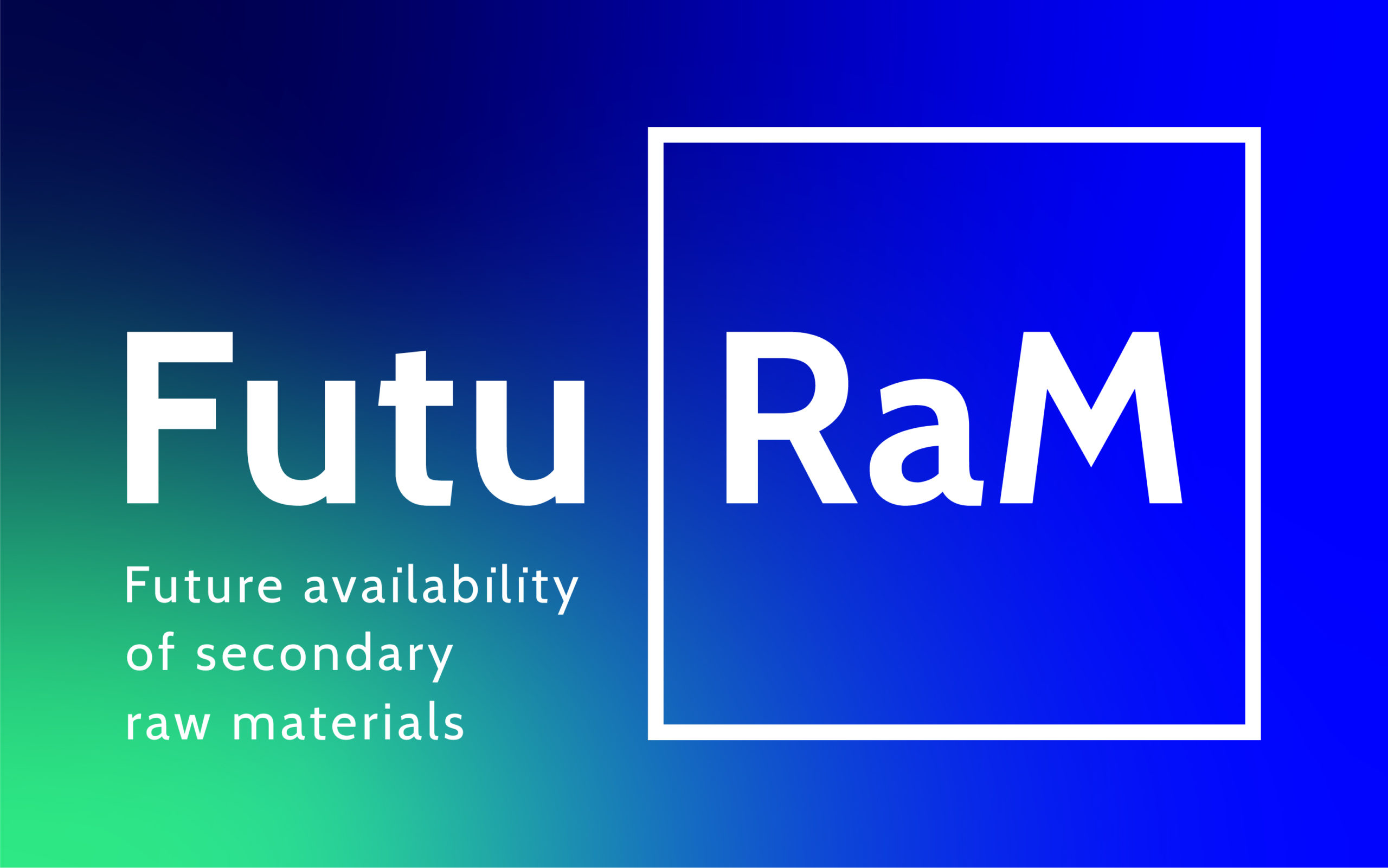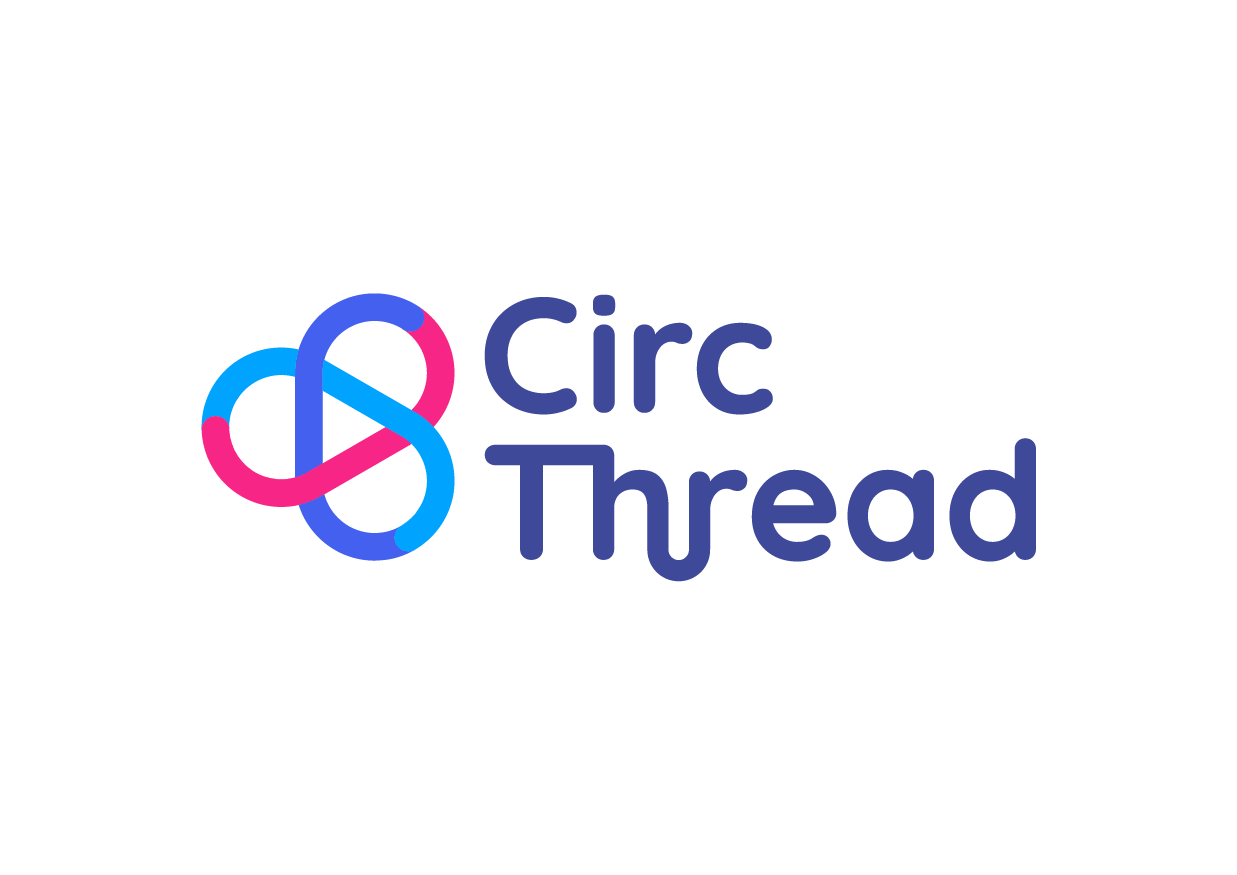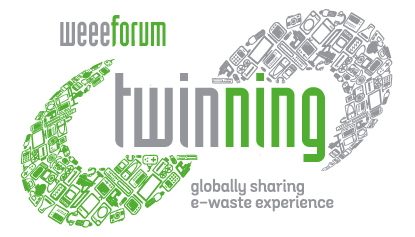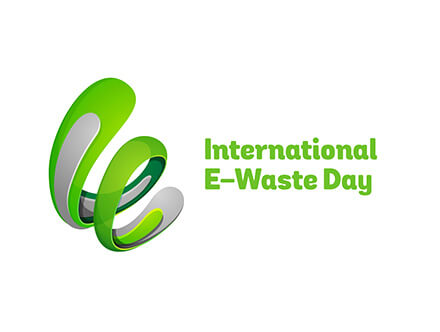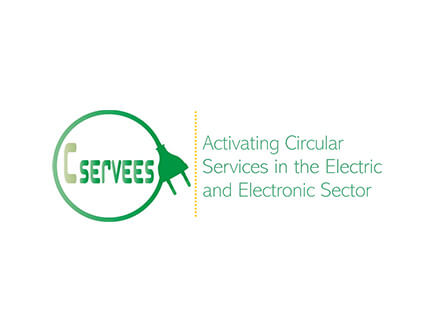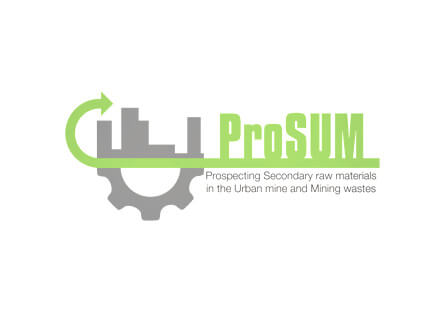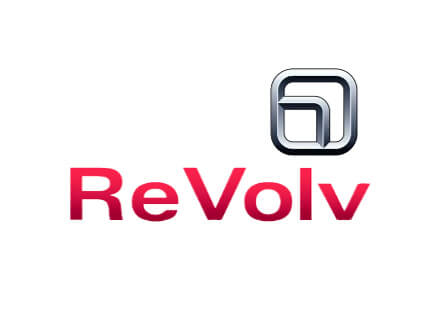Optimising quality of information in RAw MAterials data collection across Europe
The ProSUM project succeeded in harmonising raw materials data sets and in constructing the Urban Mine Platform. However, there were still major differences in structuring, reporting and representing primary and secondary raw materials data across the member states of the EU. ORAMA (Optimising quality of information in RAw MAterials data collection across Europe) sought to take the results of ProSUM to the next level, allowing the producer responsibility organisations in the WEEE Forum to better compare collection data across Europe.
The two-year ORAMA project ended on 30 November 2019. The project supported the further development of the Joint Research Centre's (JRC's) Raw Materials Information System (RMIS).
The project was funded by the European Union’s Horizon 2020 research and innovation programme. Of the 16 Partners based in 14 Member States, half were geological surveys and half comprised universities and research institutes specialising in secondary raw materials (SRM).
Extract from the Executive Summary of the ORAMA final report
Securing the sustainable access to and supply of raw materials, and particularly of Critical Raw Materials (CRM), is of high importance for the European economy. Complex primary and secondary resources contain many different raw materials.
The inability to easily produce reliable statistics about reserves, resources, stocks, and flows of raw materials limits the understanding of global trends in resource availability and hampers formulation of mineral and waste policies. This ultimately affects supply chain security and strategic decisions by industry.
Data collection practices for primary and secondary raw materials (PRM and SRM) face specific challenges in EU Member States (MS). For PRM data, the main concerns are related to data availability, geographical coverage, accessibility, harmonisation, interoperability, quality, and thematic coverage. The reporting of primary mineral resources and reserves statistics is currently carried out by a wide variety of systems, standards or codes which are not directly comparable. Hence, it is currently impossible to produce reliable pan-European figures for resources for any mineral commodity. ORAMA addressed these issues by recommending a single standard for reporting of resource data, the United Nations Framework Classification (UNFC), a framework for reporting mineral resource data developed by the UN. To enable and encourage data providers to adopt this standard for European PRM data, the ORAMA project has developed resources in the form of a range of training materials and good practice examples.
In the case of SRM, the challenges are somewhat different. Regarding mining waste (MIN), the lack of information on deposit characteristics (composition, volumes, and suitable processing technology) is a huge barrier in the identification of recovery potential of the valuable materials that remain in the waste. Furthermore, the lack of a single reporting standard commonly accepted at EU level has created a dispersion of existing information in various systems and project deliverables. In the case of electrical and electronic equipment (EEE) and batteries, beyond the lack of harmonisation, substantial data gaps exist for the market inputs, materials consumption and stocks, and for waste electrical and electronic equipment (WEEE) for unaccounted flows ending up being scavenged, disposed of in metal scrap and through export channels. For vehicles, huge amounts of data, both on stocks and flows and on composition, are systematically collected by authorities and the manufacturing industry, but are only publicly available in a somewhat too aggregated form (placed on market (POM), stock, waste flows) or not at all (composition data).
Even when collected, the reporting of the composition of these flows on a product, component and materials level are currently poorly described across all MS, and when actually ending up in recycling processes, the recovery efficiency for all elements and CRMs, in particular, is disappointing. In order to improve the data collection and reporting practices for SRM a structured review and inventory were made followed by a data gap analysis which resulted in the developments of recommendations and subsequently the selection of 6 case studies. The SRM case studies tackle the main data gaps encountered in the analysis and developed tools that will enable the improvement and harmonisation of collection and reporting practices in MS, treatment facilities, data providers, academia among others.
